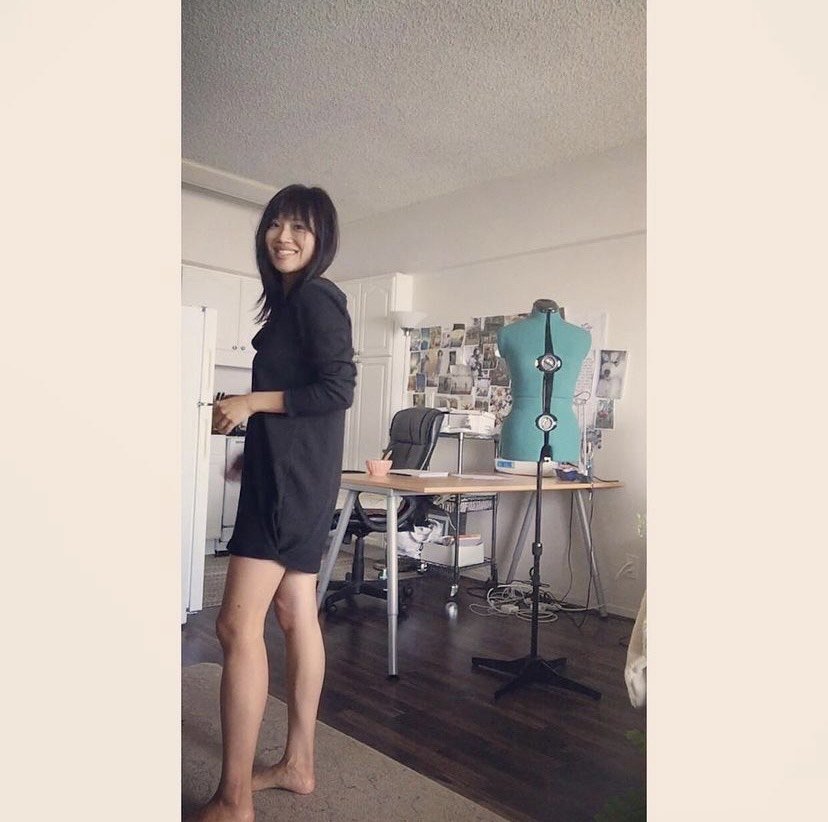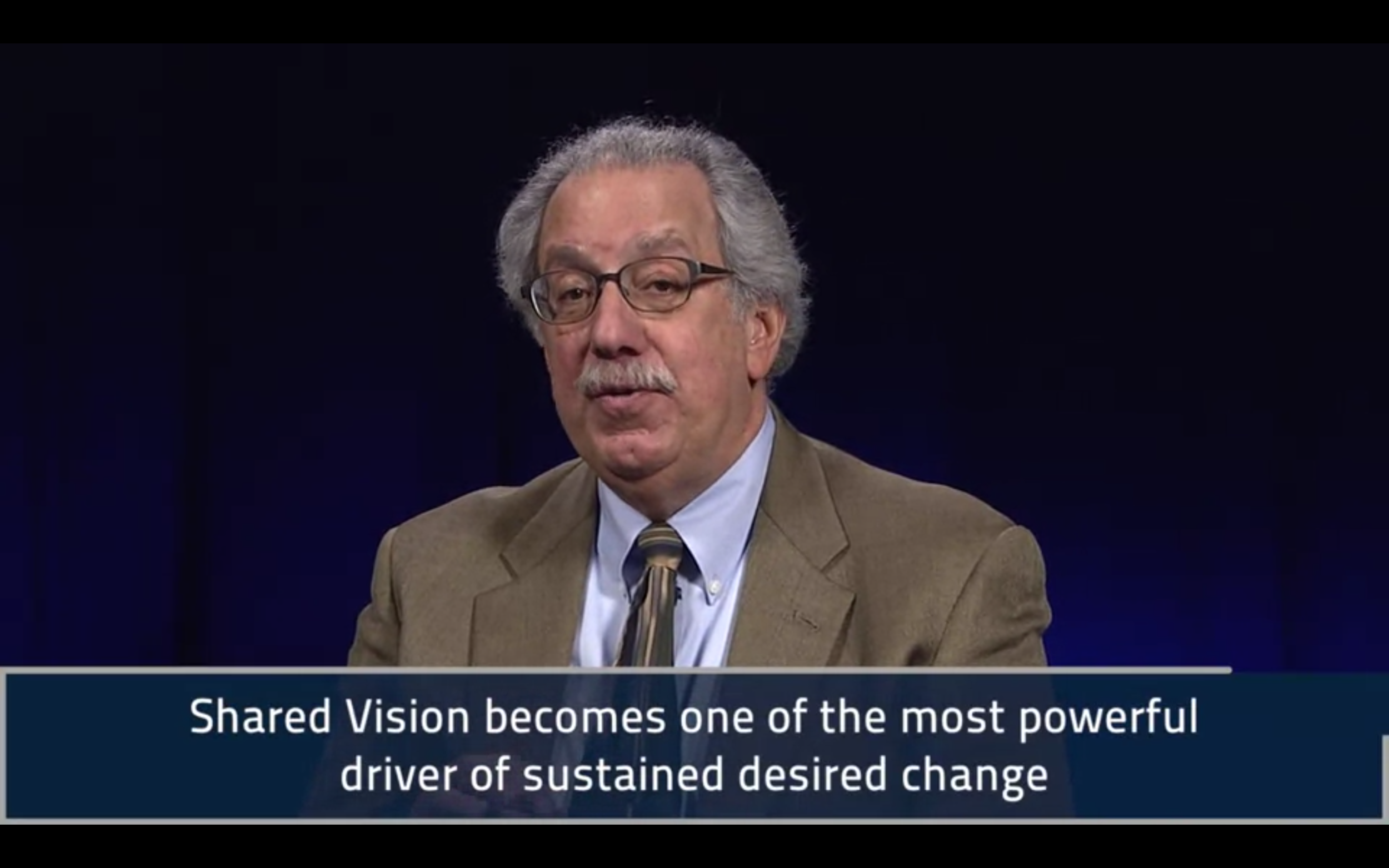During this week’s peer coaching session, I intended to foster an ethical partnership by sharing various coaching models. Unfortunately, my approach inadvertently caused confusion for my peer as I focused too much on the process rather than on their individual experience with coaching. This experience became another learning experience, reminding me to prioritize taking the time to learn about my clients in the "connect" (FACE, 2022) phase of the coaching process. In this phase, I intend to ask more about their experience with coaching and engage them in collaborative discussions about the nature of coaching itself.
During our session, my partner's inquiry into my personal background and experiences felt refreshing. I noticed how it establishing greater connection and rapport in our conversation. I plan to try this approach in the "Open" phase of FACE (FACE, 2022) going forward.
Over the past few years, I have consciously incorporated ethical principles inspired by Don Miguel Ruiz's book, The Four Agreements, into my coaching practice, including honesty, clarity, and compassion. I intend to include these principles in my agreements with clients to further foster ethical partnerships.
“In Section IV - Responsibility to Society 25. Avoid discrimination by maintaining fairness and equality in all activities and operations, which respecting local rules and cultural practices” (ICF Code of Ethics, 2021, p.6) As outlined in the ICF Code of Ethics I recognize the importance of avoiding discrimination, maintaining fairness and equality, and respecting local rules and cultural practices. I acknowledge that merely having knowledge of other cultures is insufficient, and I aim to learn more about my clients' cultural practices and backgrounds by engaging with individuals from diverse backgrounds, visiting the library, and educating myself about different cultural norms and practices.
How have you in the past expanded your knowledge with other cultural practices and local rules? What was it like? Thank you.
Full Arc Coaching Engagement (FACE): An Integrative Coaching Model. Download Full Arc Coaching Engagement (FACE): An Integrative Coaching Model. Updated 2022. Vancouver: UBC Extended Learning.









































